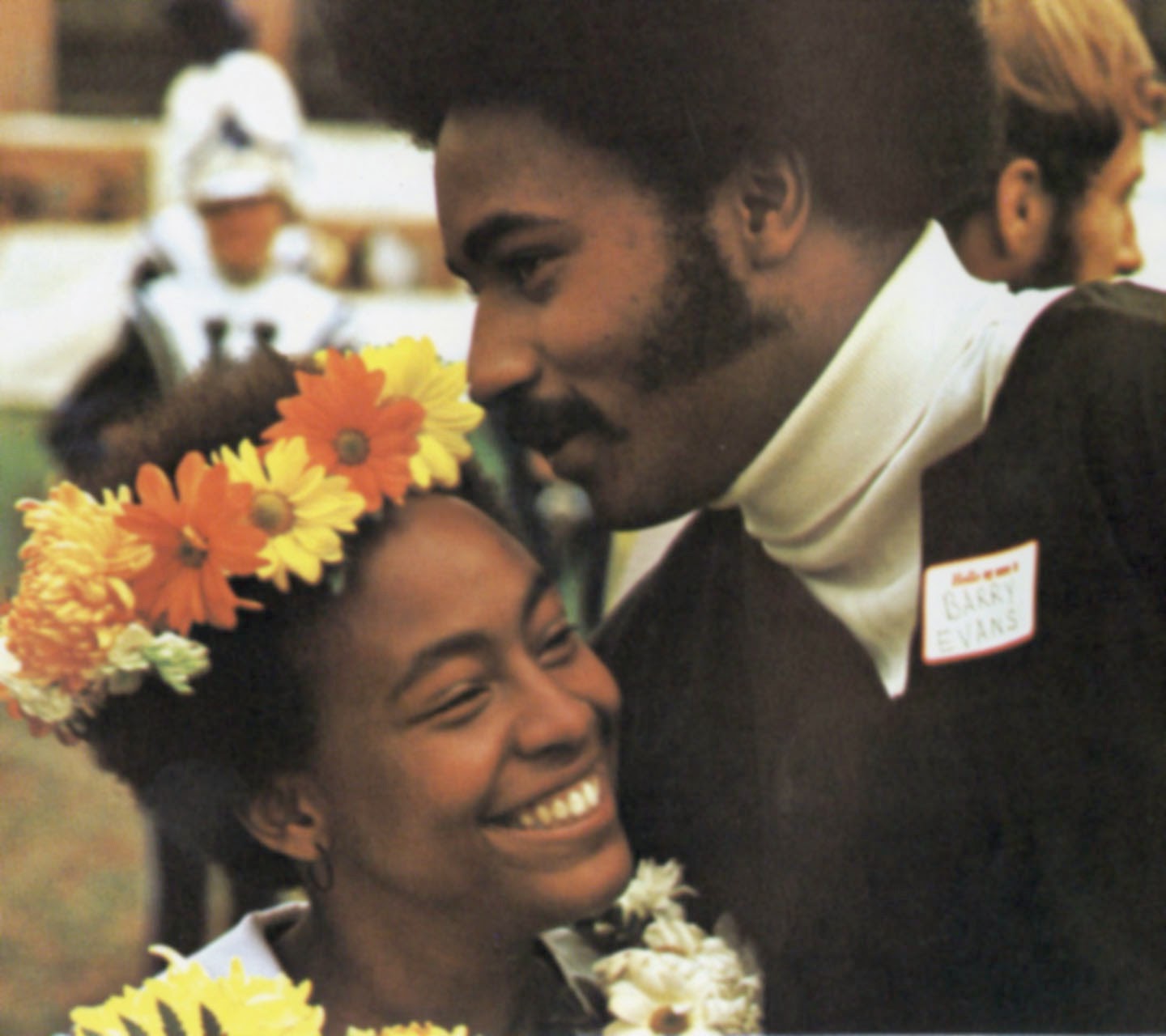As we celebrate the anniversaries of both the founding of Towson University in 1866, and its move to this campus in 1915, the Towson University Archives and Special Collections department is taking time to look back over the school’s history and some of the important but lesser-known people who have influenced it.
The decision of Oliver Brown, et al. v. Board of Education of Topeka, et al. in 1954 was a victory for African American students across the United States — state laws that segregated students based on race were deemed unconstitutional. However, the reality is that while schools were nominally desegregated, many of them, including the State Teachers College at Towson, did not have the resources to support their changing student body.
Fifteen years after the Supreme Court decision, the Department of Health, Education, and Welfare (HEW) deemed Towson, now Towson State College, and five other colleges as well as the University of Maryland as “radically segregated”. It demanded that the institutions put into place measures to revamp their programs within 120 days.

Because of this, Towson created the Towson Opportunity Program (TOP) and hired Julius Chapman to create and direct efforts to increase the number of African American students enrolled on campus, and create services to retain and support those students.
As reported in the Towerlight article announcing his appointment in 1969, “Chapman will assist as a catalyst in recruiting black students and will coordinate on-campus special services including reading and writing skills, laboratory, special tutoring, counseling, and general student advising.”
In 1967, before HEW stepped in, the number of African American students enrolled at Towson was less than 1% of the total student population — 41 students in a total enrollment of just over 6,000. Towson submitted a goal to HEW to grow that population to 14-16% by 1980. The entire school enrollment was skyrocketing as more students from the Baby Boom generation entered, so while the number of African American students more than tripled within three years, it still hovered at only about 2% of the overall student body — about 300 students in a population of 11,000.
Of course, it was one thing to attract African American students and have them enroll. It was another thing to retain them for the years it would take to finish a degree. Dr. Fisher, writing in his President’s Report for the 1970-1971 academic year stated: “I feel that there is a great need for black consultants to work with academic departments and administrative areas to insure that our programs and our services are responsive to the needs of black students.”

“We have to stop this ‘swinging door’ effect where black students enroll in September and leave on their own soon afterward for personal reasons, or they go to another school, or are academically dismissed,” said Chapman in a 1975 Towerlight article that addressed the lack of funds from the state of Maryland to implement the 1974 Towson Desegregation Plan.

By this time, Chapman had been named Dean of what was now called the Office of Minority Affairs — the predecessor for today’s Center for Student Diversity.
Although Chapman reported to Dean Shaw, the head of Academic Affairs, his responsibilities spanned far beyond assisting students with their school work.

By 1970, the African American Cultural Center was established, first called the Black Cultural Center. As reported in a 1974 Towerlight article “Funded by the Academic Affairs Division, the BSU [the Black Student Union which began in 1970], and BFAA [the Black Faculty and Administrators
Association, which also began in 1970], the Center will sponsor student oriented activities in theatre,dance, music and art, in addition to lectures and cultural events by outside groups” The Cultural Center also had a library and educational center, and “will feature tutoring, voluntary adult education, co-operative programs with Morgan State College and provide area for a karate club, dance troupe, and gospel choir.”
The goal of the Cultural Center was to celebrate African American culture both on and off campus. As Fisher had stated in his 1970 report, “A major project of future will be that of further sensitizing a predominately white campus community to the black experience.
Julius Chapman left Towson State University in 1981 to become the Vice President of Academic Affairs at Vorhees College, a historically black college in South Carolina. Before he left, the Towerlight spoke to him about his 12 years of service to the University. While generally pleased with the retention of African American students at the time, Chapman still had some reservations about the progress Towson had made. “Initially, the largest number of black faculty and administrators were at Towson in the early 1970s,” Chapman told the Towerlight. “It has stabilized, leveled off, has not kept pace with the growth of the student population. That is a weakness because our students need to see black people in a variety of settings. They need role models to show them what they have achieved.”

Today, the Center for Student Diversity strives to work for all students of color as well as women’s groups, religious groups, and those who identify as LGBT.
